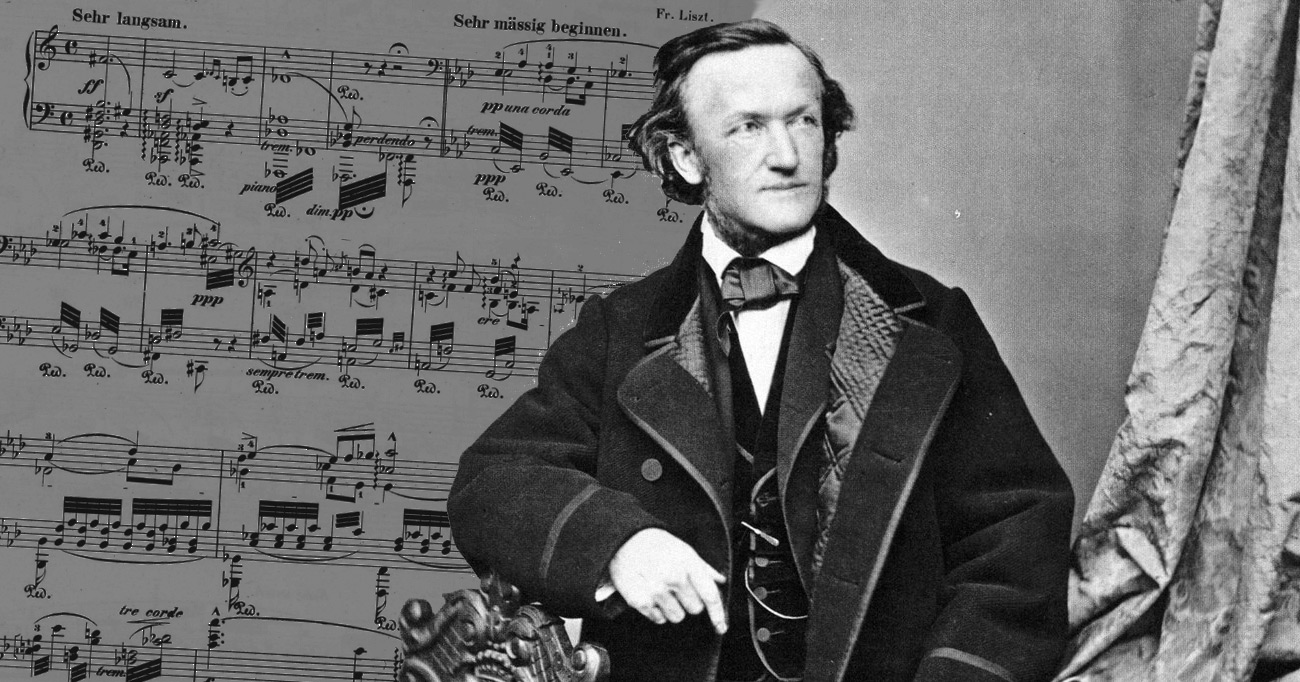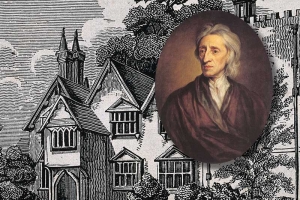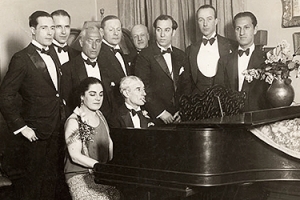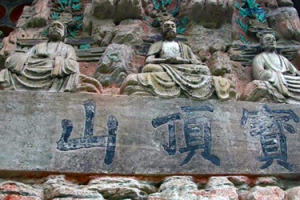Project Description
In this undergraduate research project, student researchers Caleb Goss and John Carson analyzed Act 2 Scene 1 of Gotterdammerung by Richard Wagner, tracing the harmonic and melodic flow according to whether or not the material is normative according to the standards of the time. Once they completed their detailed musical analysis of the passage, they created an animated diagram visualizing various aspects of the music. They created the diagram using processing.js, a programming language designed to write visualizations, images, and interactive content and display the animations on a web page.
Here’s how the student researchers describe their approach.
In order to diagram conventionality in the music of Götterdämmerung, we used the topics of various semesters of music theory as a measure. For example harmonic motions covered in Theory 1 would be the lowest while passages found in Theory 4 would be the highest. With Wagner’s music there are moments where traditional analysis fails, so we consulted various methods of specialized Neo-Riemennian analysis to explain certain changes. To explain the Leitmotifs, we consulted various sources and agreed on the best explanations for musical meanings and traced their occurrences throughout the two scenes. With orchestration we marked the changes within each major group of instruments hoping to see how the overall textures related to the dramatic contour of each scene.
Below is the animated diagram we created in order to visualize aspects of the music. The slice corresponding to leitmotivs displays the number of leitmotivs present at that any given point in the music. The harmony slice ranks the complexity of harmonic motion. The larger the slice, the more complex the harmony. We ranked the different passages based on the techniques required in order to make analytical sense of the music. The orchestration slice shows the density of each orchestral section (woodwinds, brass, and strings). We gathered this data by counting the number of instrumental parts written by Wagner at each point in the music. The phrase slice is much more interpretive and less data driven. We tried to express the energy and direction of the music using an expanding and contracting motion.




